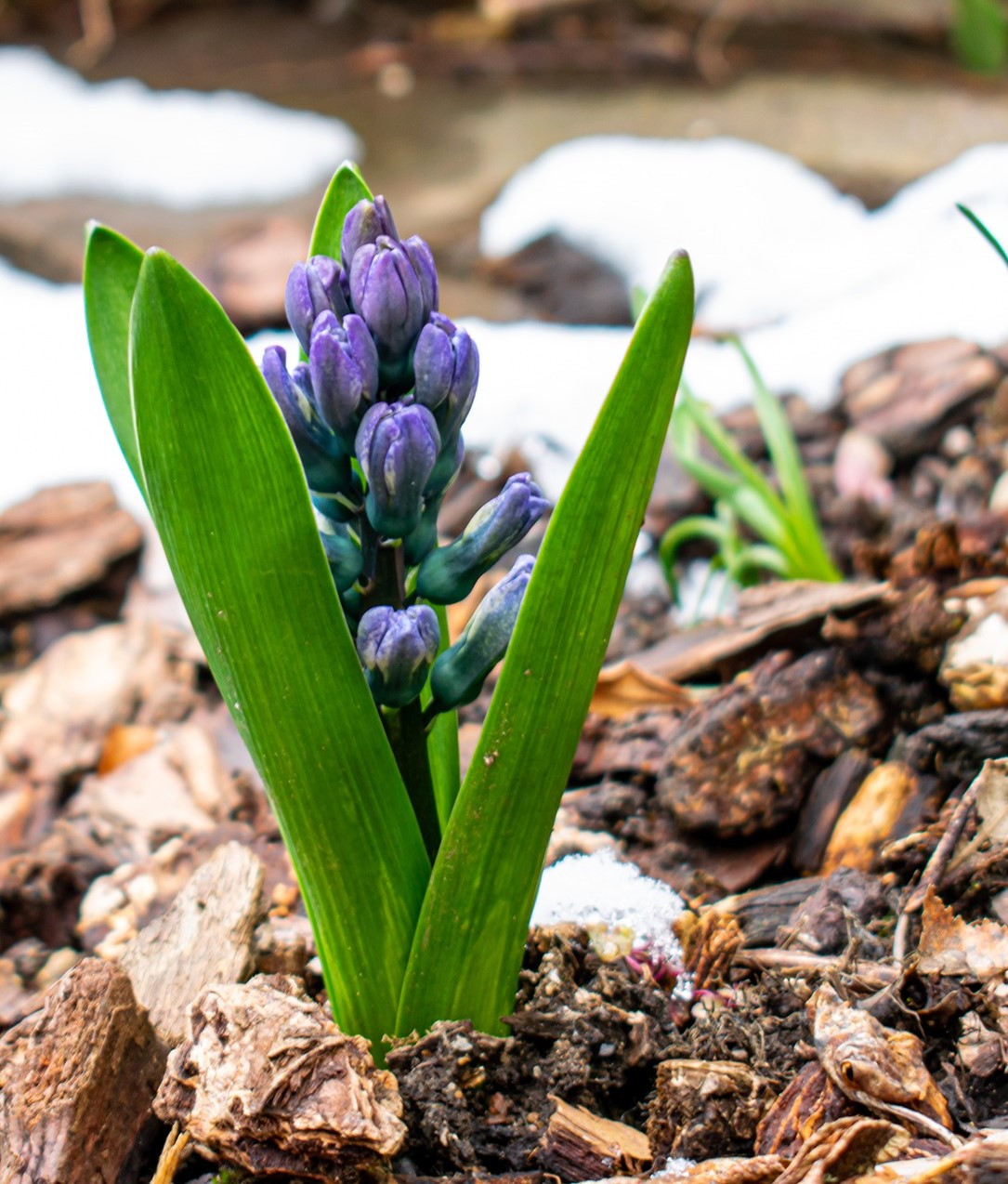Simple Practices For Winter Gardening

Elevate Your Garden Skills With Raised Garden Beds
*By Shaun Mayfield
Many gardeners are always curious about growing fresh produce in the short-day, cold, winter months. The short answer is yes, the long answer is in the United States there is enough sunlight to grow a wide range of crops at any latitude. Of course, as with many things, there are caveats to this general rule. There are many crops that simply will not survive the cold winter months such as melons, squash, peppers, and tomatoes, however, there are several other plants that thrive in the winter months. Of course, the main issue that affects growing fruit and vegetables is the sunlight even more so than the heat. The heat can be resolved using greenhouses, cold frames, and row covers and a good rule of thumb is knowing that once temperatures regularly reach 25 F (-4 C) you will need to protect your plants. Until then, however, there should still be time to plant crops that will help you get through the colder months.
Understanding the growth cycles of fruits and vegetables helps understand their success during this weather changing process. Most fruiting crops need long sunny warm days in order for the fruit to finish their softening process, deepen their colors and ripen to perfection! Winter gardening focuses more on leaves, stems, and rooting crops which inevitably grow slower and slower as the temperatures drop due to the evenings growing longer and the daytime shortens. Winter vegetables have a bonus over their warm-season counterparts, the cool weather has a way of sweetening the crops. If you have not had the opportunity to taste a fresh winter carrot pulled from the ground or freshly trimmed spinach & kale then you are missing out. The cold weather and short days certainly pay off in high-nutrition and sweet-tasting crops.
There are a couple of tips to consider during your cold winter gardening months. One consideration that seems counterintuitive is to water your crops prior to a hard freeze. Those plants that are good during the winter contain chemicals that act like antifreeze which needs water to work the best. This is also the time to add mulch around your plants; either several inches of shredded leaves, bark, straw or other suitable mulch will help especially those more sensitive plants. Wrapping burlap around trunks stuffed with leaves or straw helps the younger freshly planted trees and bushes.
Winter gardening should not be something to hide from or be intimidated by. With some simple practices, you too can be enjoying tasty and nutritious harvests throughout the winter months. Let’s get started.
To find out what webinars or live classes are available for free click here!
* You can find out more about Shaun Mayfield at bluesky.agriscaping.com .

